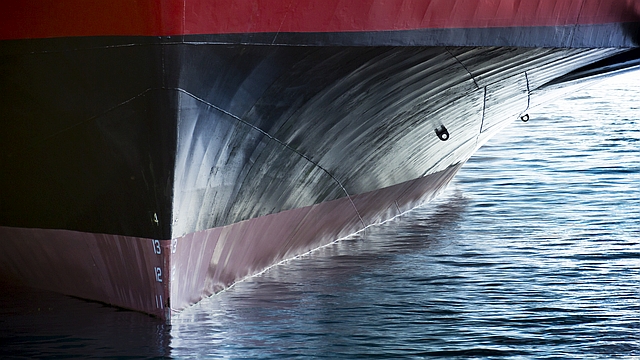Hydrodynamics
Hydrodynamic performance engineering is critical to the optimal design of any vessel. Our solutions enable analysis of vessel hydrodynamics at full scale, and under realistic operating conditions. Use a virtual towing tank to examine any flow or performance aspect such as hull resistance, self-propulsion, maneuvering, vessel acceleration, or appendage shape, and alignment.
Growing competition and increasing awareness of the environmental impact caused by the marine industry drives a continuous need for more efficient design methods. Today simulation, in particular CFD, is widely used to perform analyses of ship hulls in calm water. However, real-life operating conditions include a wide range of sea states and, in many cases, the optimum design for rough seas differs significantly from that for calm water. A vessel’s hydrodynamic properties, including hull design and hull-propeller interaction, resistance, maneuvering, and seakeeping, must all be optimized together in order to achieve an energy-efficient design which can perform as required under these challenging conditions.
By developing a digital twin of the vessel in the design phase, our solutions allow early evaluation and optimization of hull forms under realistic conditions, helping the marine industry develop innovative, better designs faster.
Use our hydrodynamic solutions to:
- Perform full-scale CFD analysis of hull forms and appendages, removing any scaling uncertainties.
- Predict hull resistance under realistic operating conditions, including waves and open water.
- Analyze vessel performance when maneuvering, including self-propulsion.
- Ensure vessel designs meet seakeeping performance criteria.
- Examine wave loading and ensure structural stability.
- Optimize hull forms or appendages, including energy saving devices.

